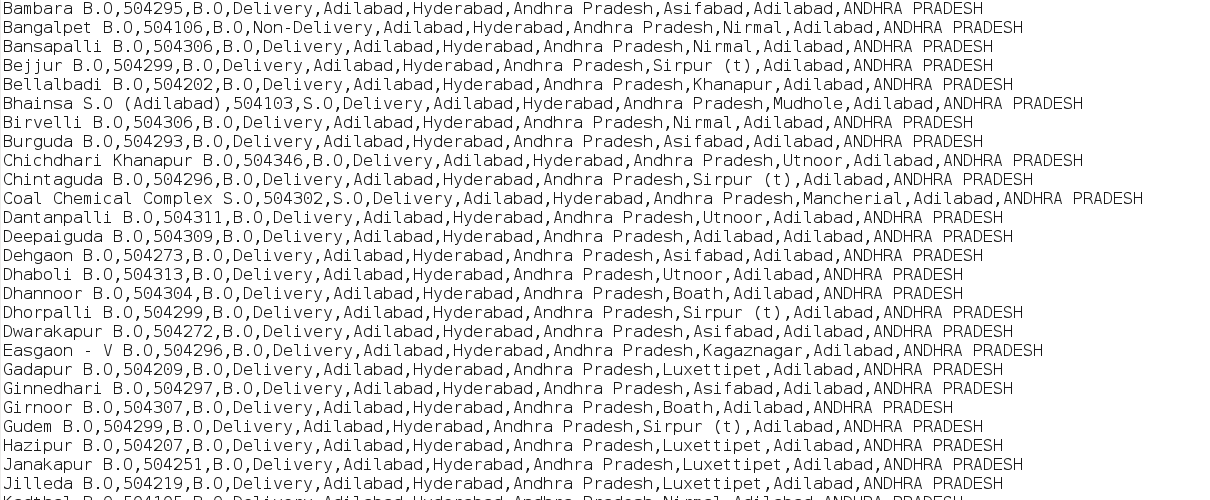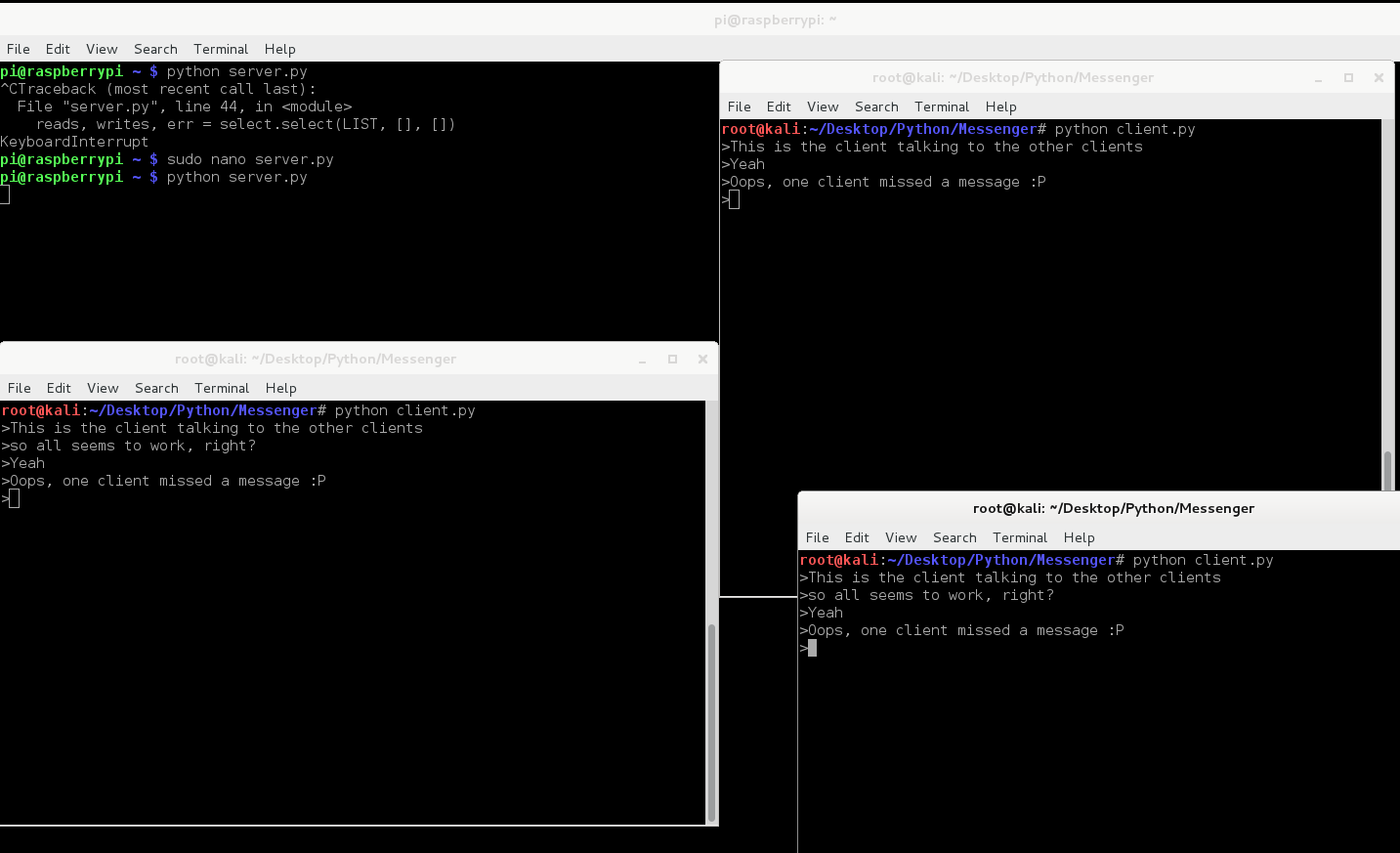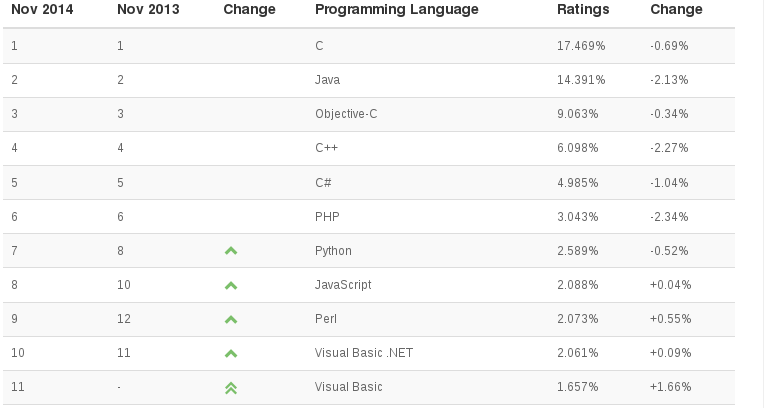If you have visited my blog a couple of times, it must be clear to you by now that I am a Mozillian. I love their way and goals and in this world dominated by corporate giants, they are like a candle in the darkness. I promote Mozilla everywhere, at college and in my friends’ circle. See that little banner at the right hand bottom corner, yes, its an affiliate banner from Mozilla, the only affiliated thing on my blog.
I am sure most of you have heard or even used Firefox, the browser by Mozilla Foundation. The 1.0 version was released just more than 10 years from now (In fact, they just celebrated their 10th birthday) and they are getting better with each release.
But then, you might ask, why do you have to care about all this? All you wanted to do was browse websites. That’s it. Why care about the company which creates it and all those mess. Why try to be a hero by downloading another browser, when it is just a piece of software, right? No. Not so much. Talking, not from the point of view of a Mozillian, but someone who stopped using IE and Chrome way back and has been using Firefox on all his devices from atleast 3 years, I will try to focus on the most significant reasons to drop your existing browser and start with Firefox.
Add-ons
Does anybody remembers that there was a time when people used to use browsers just for the sake of browsing, and nothing else was even expected from a browser. That all changed with Firefox. You had this thing called add-on and plugins that can be easily downloaded to do little tasks to make your browsing experience better. They have one for all your needs (or most of them, if you question that!) plus you get to install third party add-ons too.
To be honest, Chrome has a market place of their own. Their add-ons (or extensions, as they are called) are generally considered more secure than their Firefox counterparts. Also, Chrome has more extensions than Firefox. But then, no third-party installs, sandboxing makes them so. In turn you don’t get powerful add-ons in Chrome, for example No-Script and AdBlock. In short, Firefox’s add-ons are much more capable to do a particular task, than any of its competitors’.
Customization
Most of the browsers available right now are too closed to get any close to Firefox in terms of customization. Chrome looks clean and feels fast and responsive. Opera is great too, but you don’t get stuff like about:config in any browser. With some days of experience, you can literally make the browser work for you. Everything’s under your control. It feels good to have control, trust me.
If core customization was not enough for you, then themes will do the rest. Free and open, feel free to give the browser your own look and feel. Don’t like an icon at a place? Move it. No, seriously move that icon to a place you are comfortable with.
Every installation of Firefox is different, users make it. Each one is using his or her version of Firefox.
NPAPI Depreciated? We use Firefox
NPAPI is the interface developers use to develop plugins for our browsers (the Java, Flash and Adobe Reader types) and Google has decided to remove them completely, unless it approved by Google. Now why should you care about this? Yeah, actually you should not. You will still be able to watch Youtube videos and read ebooks online, but it would be like, someone giving you all the comforts of life, at the cost of your individual freedom and preference. Are you okay with it? I’m not. Thank you.
Privacy
Now who won’t agree. Companies have started to revise their privacy policies to match their personal gains. Almost all the browsers collect information about the sites you visit, sell them to other corporates to give you targeted ads. No, I’m not saying this. It’s written there, right in their privacy policy. Now-a-days most of the popular browser have a DO NOT TRACK feature to prevent sites to give you your ‘tailored ads’. No one likes random sites, that you are visiting for the first time, know as much about you as, say your mail provider knows. Not me atleast. An important thing to know here is that Google Chrome has still NOT implemented the DO NOT TRACK policy, as of the time of writing this article. So now you know it is time to switch, right?
Sync
So, it is really convenient to have all our bookmarks and stuff from our mobiles to computer and vice versa. Firefox now makes it possible, securely. For power users, who work on the web all day, this comes as a great addon. Although some other browsers have had this feature before Firefox, we know well whom to trust with our information, looking at their individual policies.
Security
Out of the box, maybe Firefox is just second in security to Chrome, thanks to Chrome’s sandboxing techniques that Firefox has not implemented yet. That said, a little customization with use of proper addons (No Scripts and Adblock, mentioned earlier make a good example here), can make Firefox way more secure than Chrome, let alone other browsers.
Speed
Apparently Firefox appears to be a bit sluggish, especially on Windows. But here is a thing I noticed. That speed is constant, regardless of the number of tabs you have open. Compared to this, I have used other browsers that seem faster and more responsive at first, but just cannot take the load of heavy use (like I have my Iceweasel running for about 15hours at a stretch, with an average of 10 tabs open at all the times, and it runs flawlessly. Crash? Yes, sometimes, but I certainly get my session back each and every single time). Next time some friend of yours shows you the quickness of any browser, ask him to try the same with 15 tabs of heavy multimedia filled sites open and see how they perform (and yes, horizontal tab scrolling! Tabs on Firefox don’t shrink in size as you add them ;).
Final words
You see, I tried my best to keep this article going into another ‘Firefox vs Chrome’ battle, but it slowly slipped into it. The reason being the competition between these two browser. Technically, Internet Explorer comes in second most widely used browser, but had Microsoft not shipped it (forcefully!) with every MS operating system, I doubt the fact had been the same. Chrome is taking the lead, head on, and others are falling back. I got no personal problem with it, of course, but I hate monoculture. There was a time when 95% browser share was of IE, and Mozilla brought us out of it, made us see the web the way it was meant to be, not the way some corporations wanted us to see. I will promote Mozilla till they stand with what they say, ‘power in the hands of user’ and I will promote them or anyone else who stands up to make the web better, give power to the individual users who actually run the web and let them take control of what they want the world to see, and what not.
Although the title suggests that this was an article about ‘Mozilla Firefox’ as a browser, it clearly isn’t limited to it. It looks at a much bigger picture of the web. Tell me, what you feel about it, even if you are cool with handing over your data to companies. I would really like to know.




















